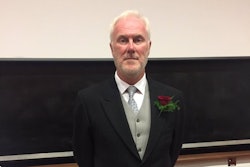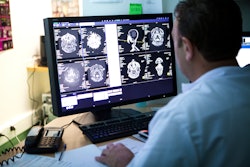More in Home
Swiss team produces 1st 3D PET/MRI image
July 5, 2024
U.K. releases guidelines on trauma imaging
July 1, 2024
Star pupils follow in Röntgen's footsteps
June 28, 2024
Sustainability rises up radiology's global agenda
June 28, 2024
New guideline covers theranostics in brain tumors
June 24, 2024

























